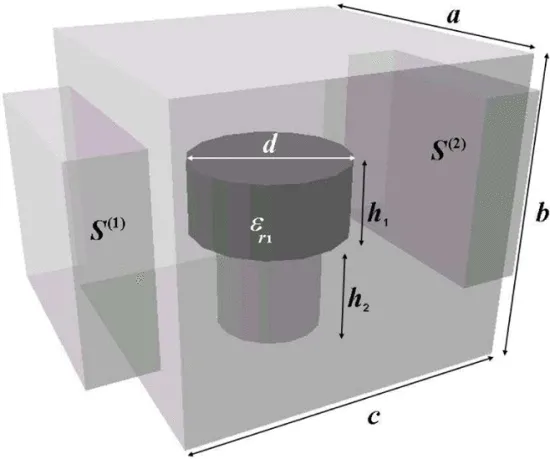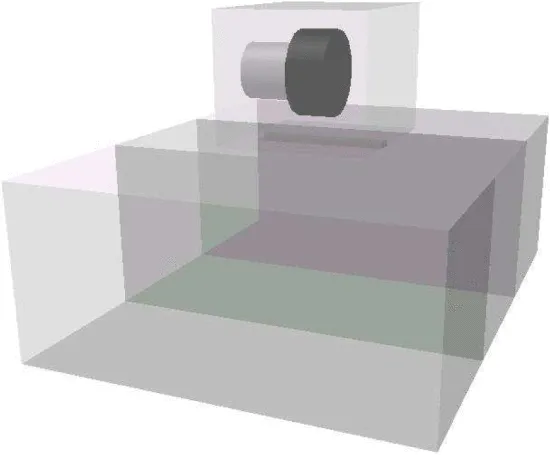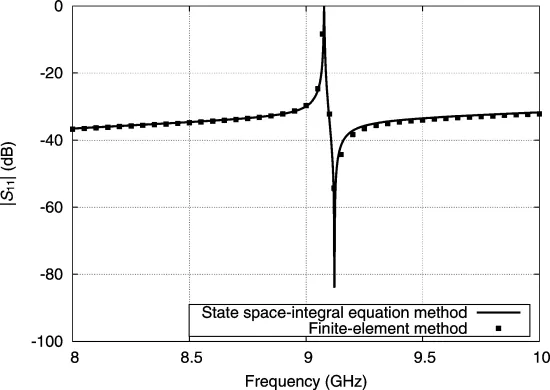Two-Color Phosphor-Loaded Waveguides for Physically Unclonable Functions Applicable on Fully Fabricated Printed Circuit Boards for Identification, Authentication, and Cryptographic Key Derivation
This technology has applications in electronic systems needing to incorporate unclonable identification devices for authentication and cryptographic key derivation.
Researchers
-
phosphor-loaded waveguide
United States of America | Granted | 10,740,493 -
phosphor-loaded waveguide
United States of America | Granted | 11,275,868
Figures
Technology
The invention provides a method for manufacturing a waveguide which increases the image distortion between the original and damaged image. This significantly increases the difficulty in deducing the initial PUF value from a damaged image. The technology employs a novel two-color phosphor-loaded waveguide technology. When an invasive attempt is made on the system, not only is the image distorted, but color sensitive phosphor is also activated causing a color change in the system. The device can be applied to systems after full fabrication, allowing the security systems of manufactured electronics to be upgraded.
Problem Addressed
Many electronic systems use digital identification for authentication and key derivation to achieve system security. One system security method uses an optical physical unclonable function (PUF), implemented on a printed circuit board. PUFs are constructed from light emitting diodes (LEDs) and an image sensor affixed to the PCB, which is then coated with a thin polymer planar waveguide. The system is designed to create a unique key value from the sensor image. Invasive attempts damage the polymer coating, thus destroying the PUF value. However, there is a concern that advanced invasive methods can deduce the original PUF value from a damaged sensor image.
Advantages
- Includes optical effects for improved security and hacker detection
- Increases image distortion for heightened protection of PUF value from hackers
- Applicable to fully fabricated systems needing security system upgrades
Publications
R. Bernardini and R. Rinaldo, "Helper-less physically unclonable functions and chip authentication," 2014 IEEE International Conference on Acoustics, Speech and Signal Processing (ICASSP), Florence, Italy, 2014, pp. 8193-8197, doi: 10.1109/ICASSP.2014.6855198.
J. Gil, et al. "Full-Wave Analysis and Design of Dielectric-Loaded Waveguide Filters Using a State-Space Integral-Equation Method," in IEEE Transactions on Microwave Theory and Techniques, vol. 57, no. 1, pp. 109-120, Jan. 2009, doi: 10.1109/TMTT.2008.2008974.
K. Kursawe, et al. "Reconfigurable Physical Unclonable Functions - Enabling technology for tamper-resistant storage," 2009 IEEE International Workshop on Hardware-Oriented Security and Trust, San Francisco, CA, USA, 2009, pp. 22-29, doi: 10.1109/HST.2009.5225058.
Vai, M., et al. (2016). Secure Embedded Systems. Lincoln Laboratory Journal, 22(1).
License this technology
Interested in this technology? Connect with our experienced licensing team to initiate the process.
Sign up for technology updates
Sign up now to receive the latest updates on cutting-edge technologies and innovations.


